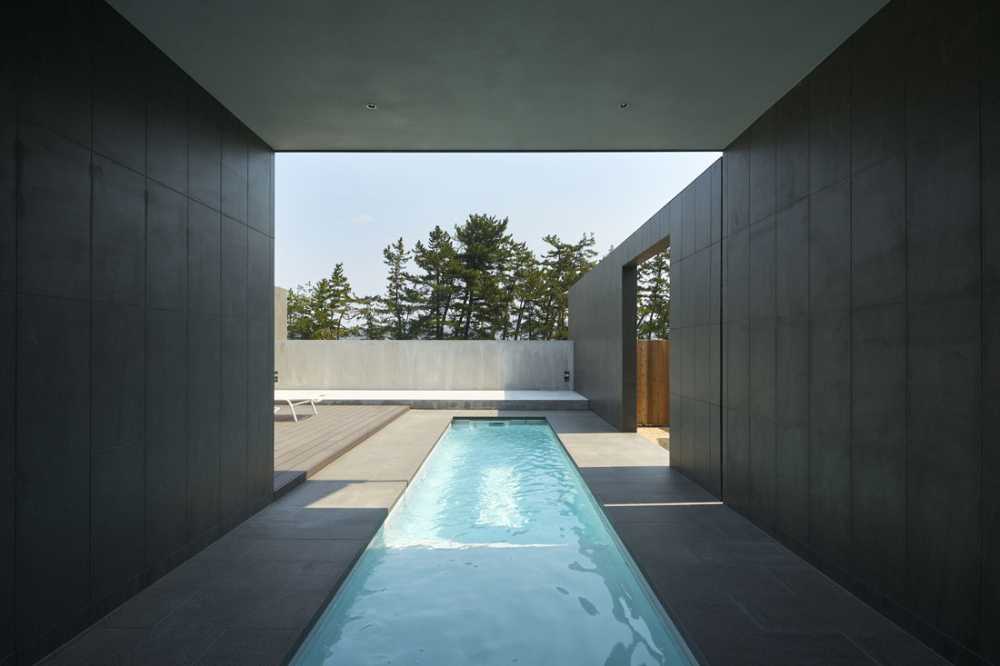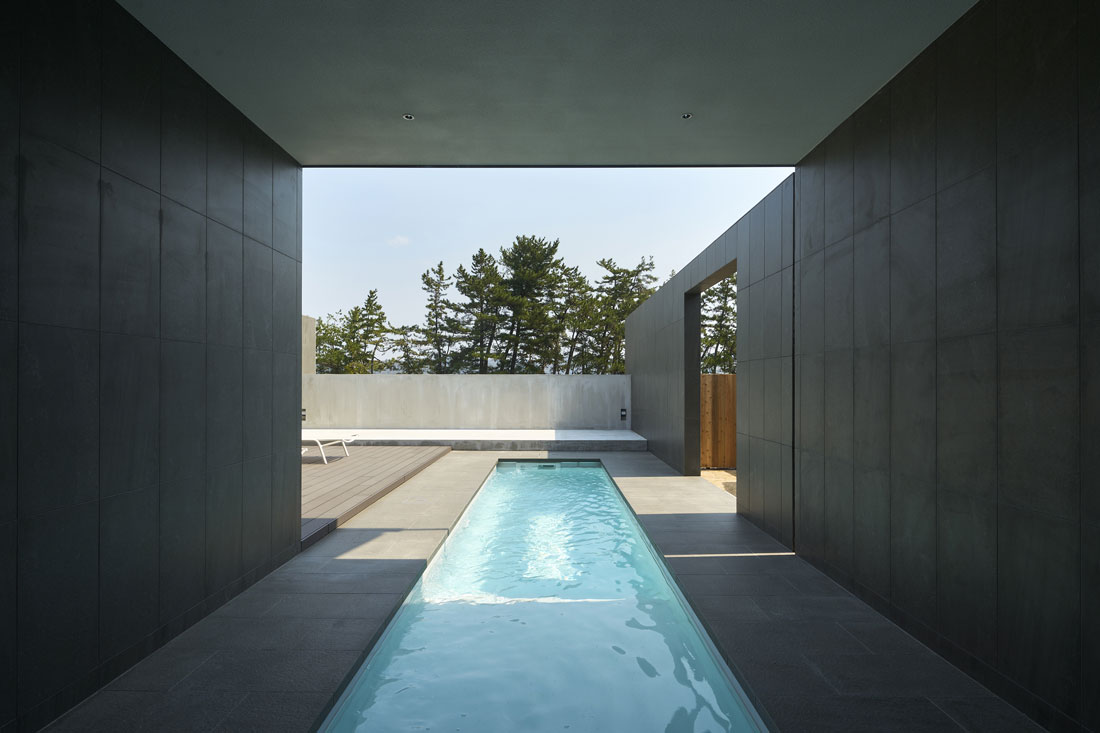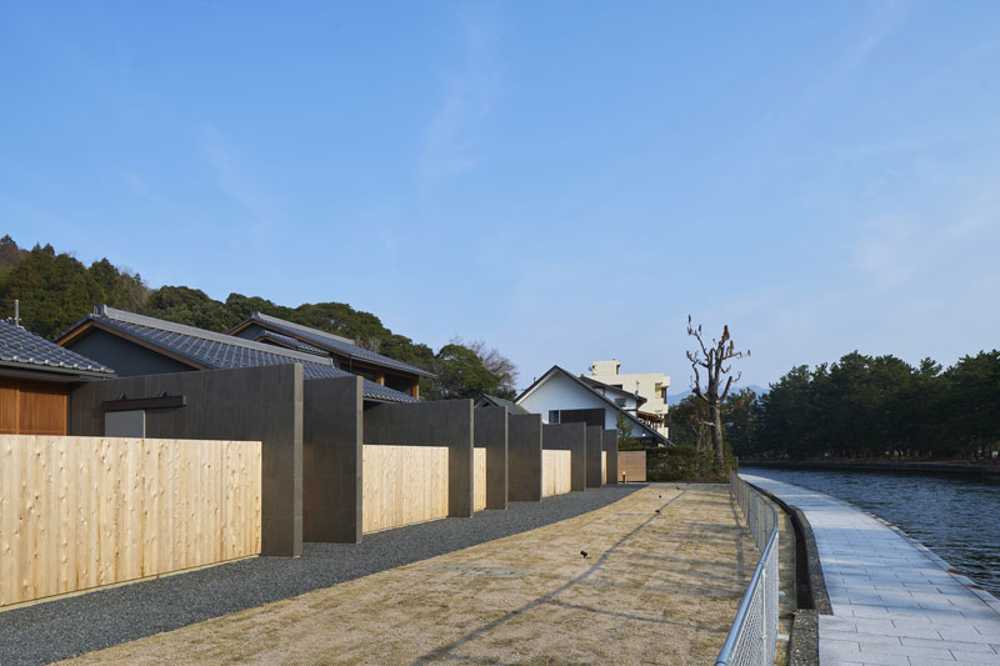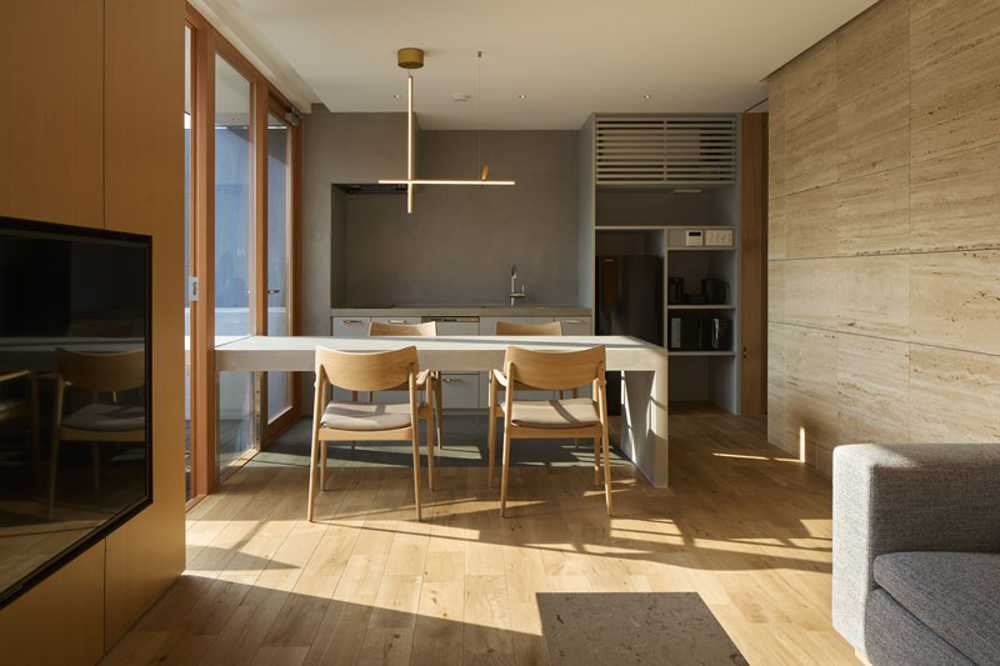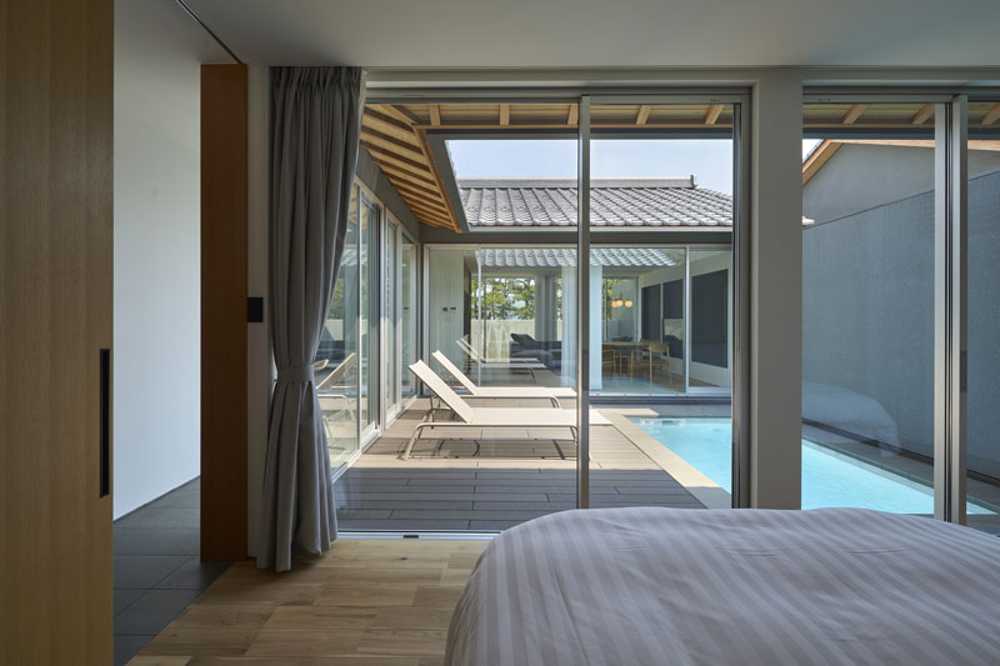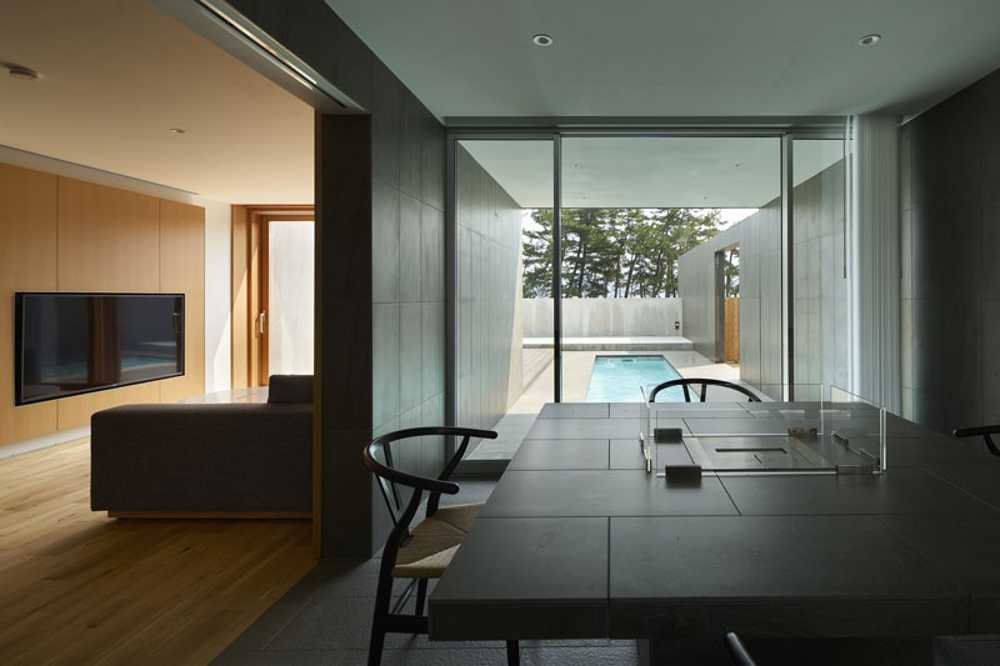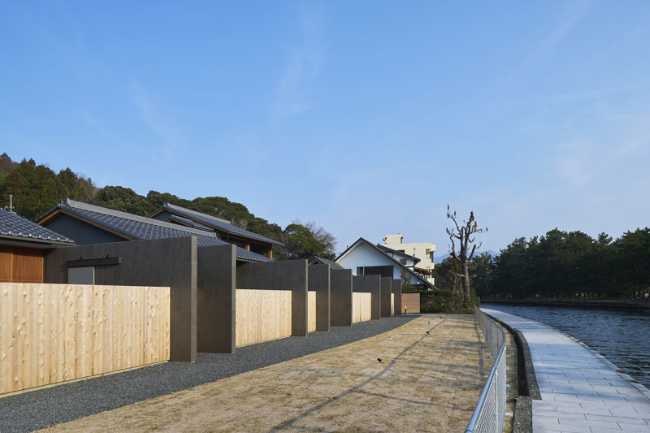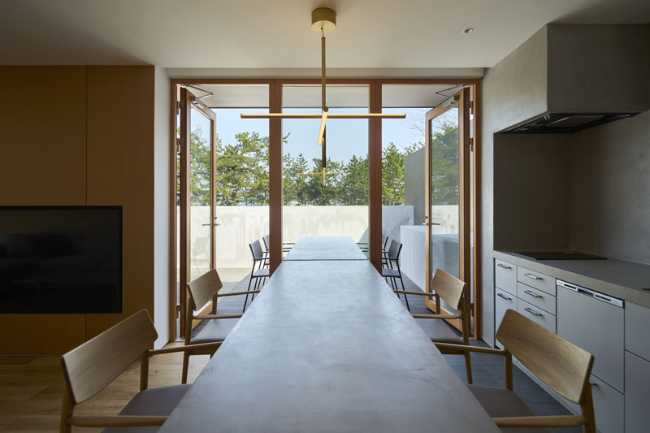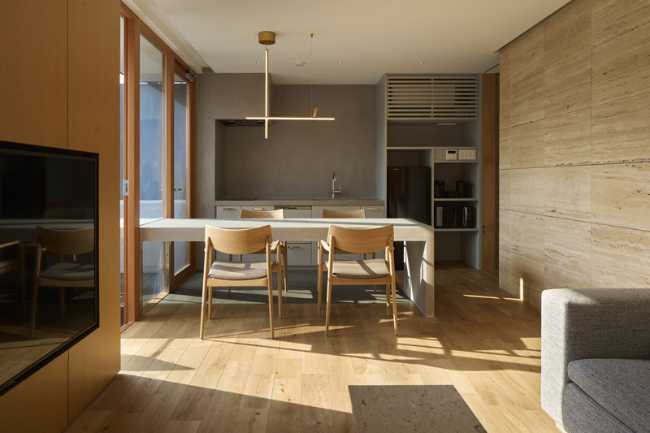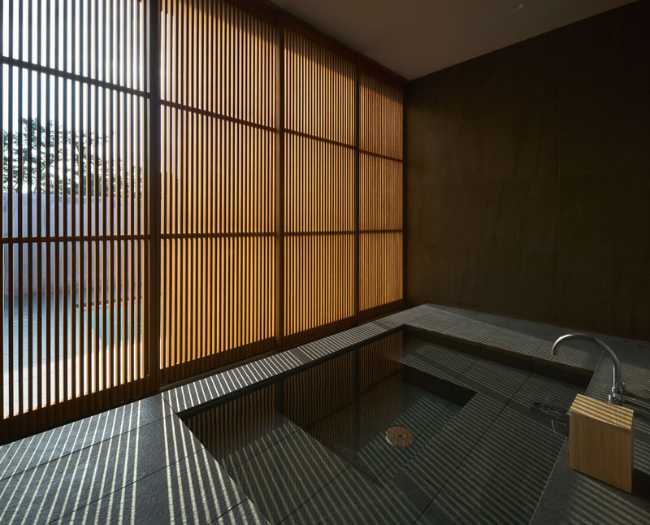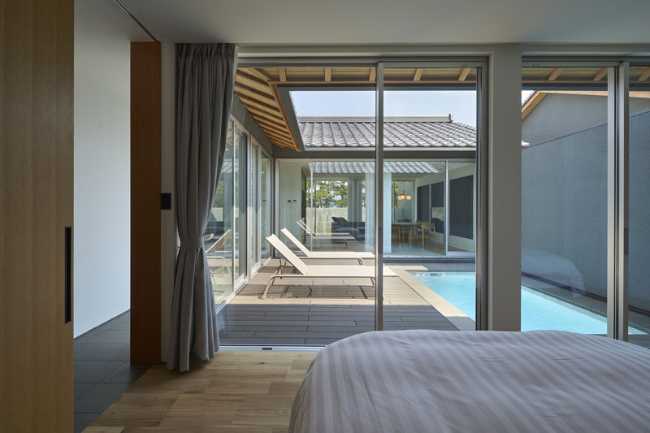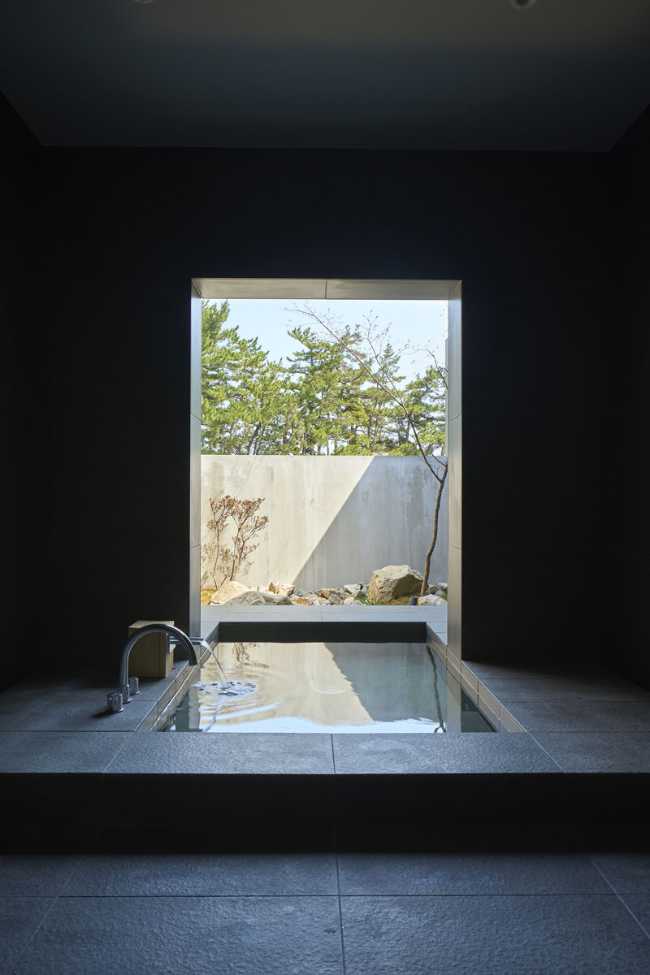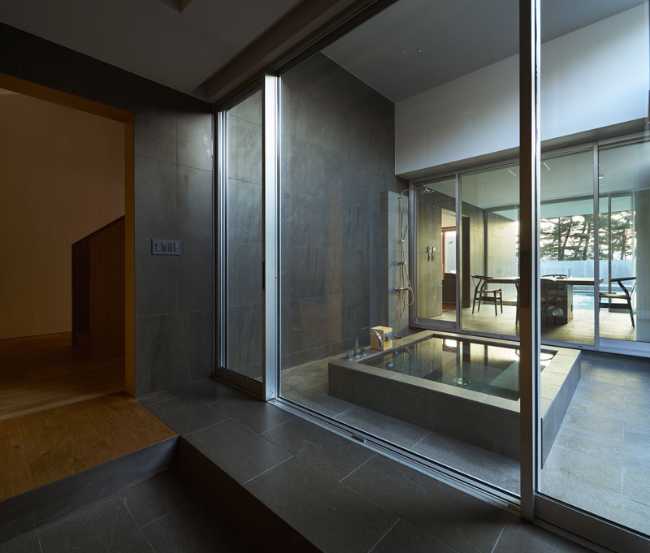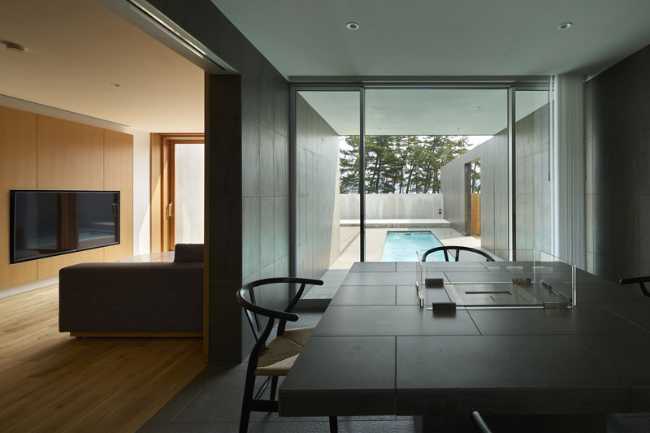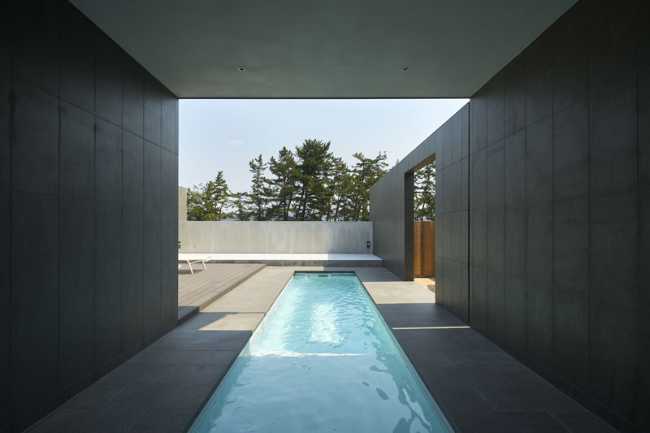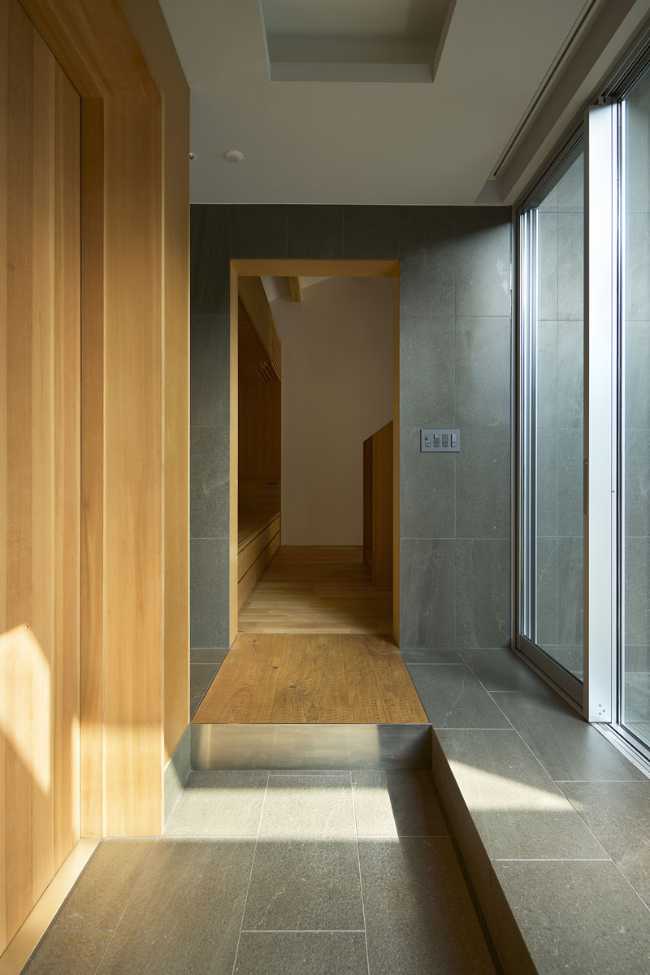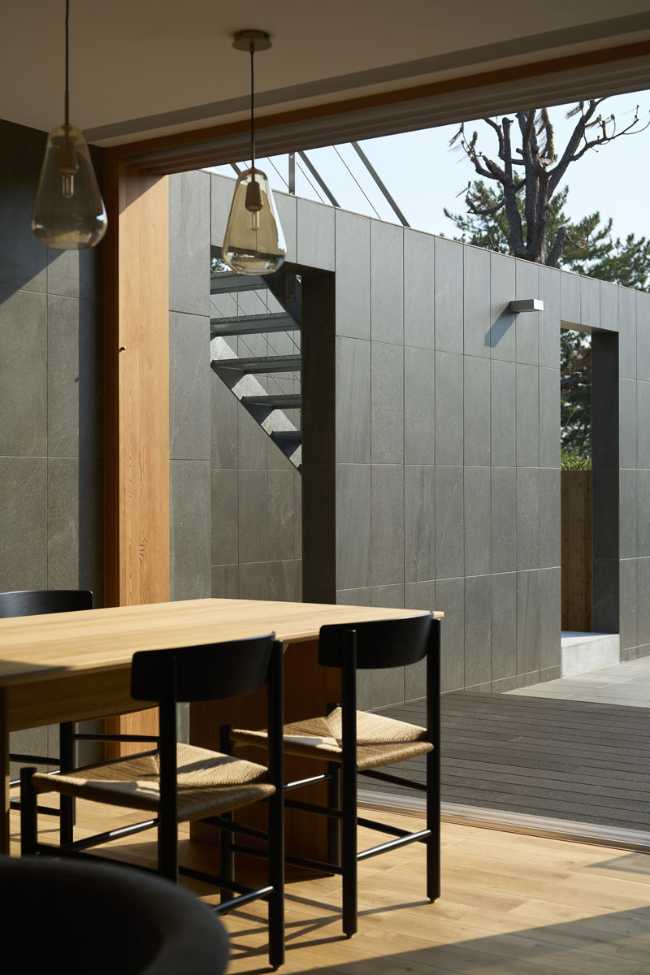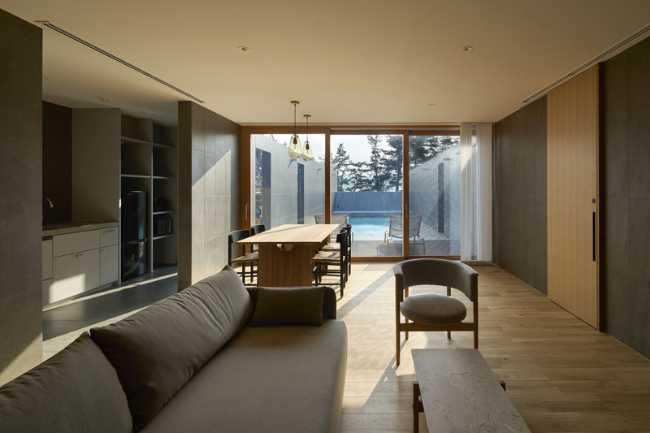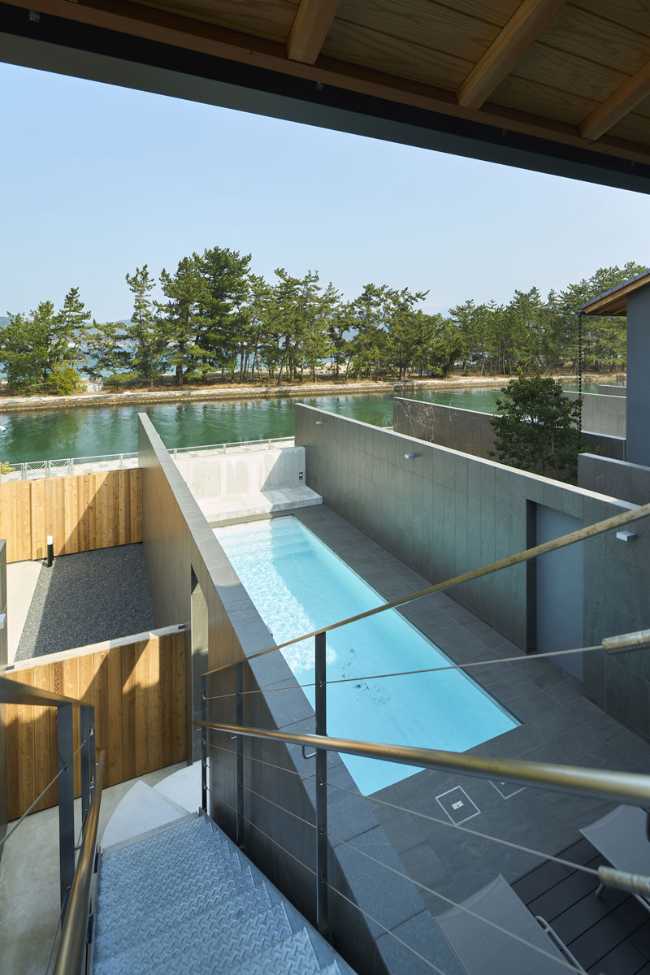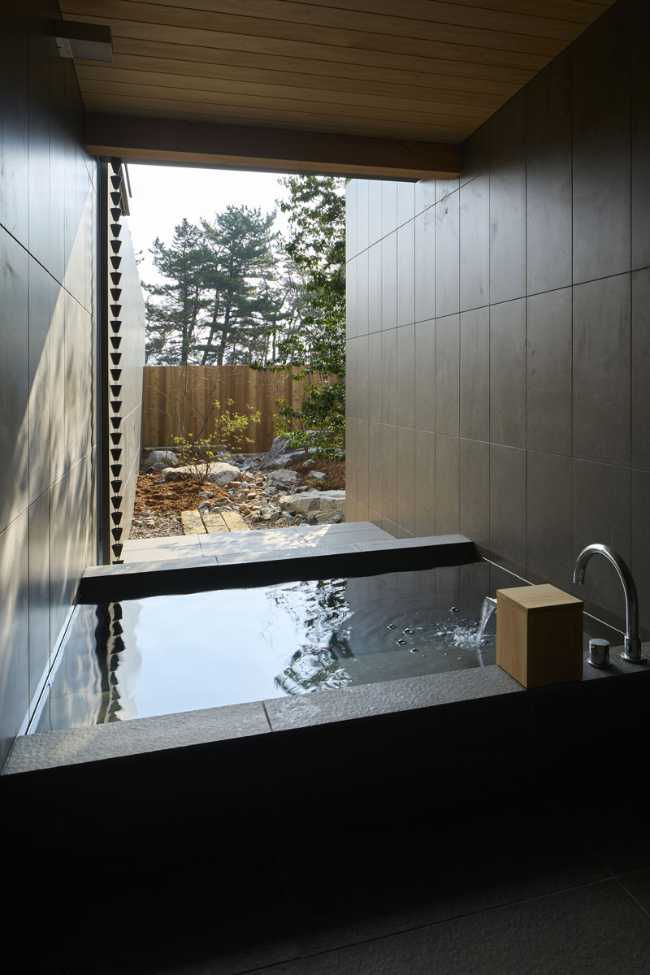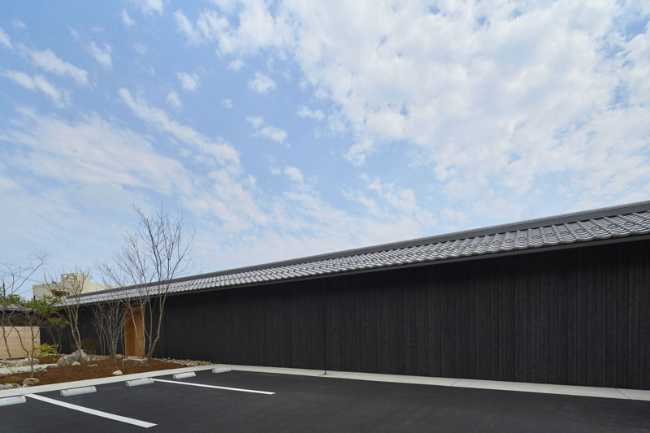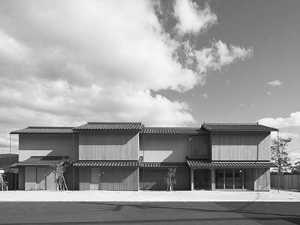

The essence of the place resonates in the spaces
Born from the sensitivity of Kenzo Makino & Associates, NIGIN is located in the northern part of Kyoto prefecture, overlooking the famous Amanohashidate. This hospitality project interprets the territory with respect and measure, blending landscape and architecture in a perceptual continuum. Among the most refined contemporary architectural projects in Japan, NIGIN stands out for the constant dialogue between light, materials, and horizon. The arrangement of the four villas that are the protagonists of the project and the common spaces follows the natural lines of the coast, inviting guests to a sensory immersion in the tranquility of Miyazu Bay, where every built element emerges as an extension of the landscape.

